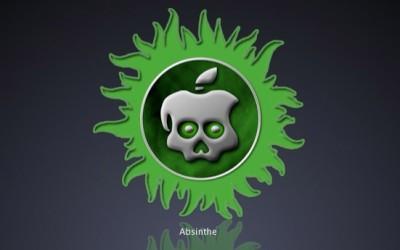More Than 1.2 Million IOS Devices Jailbroken Using Absinthe 2.0
Jailbreaking has become extremely popular over the past several years. People have seen that they can free their devices from Apple’s locked down clutches.
Ever since the first untethered jailbreak, it’s been on a roll to keep open third party apps available to the iOS community. It turns out it’s probably a lot more popular than Apple wants.
The Chronic Dev Team, a big contributor to the jailbreak community, has reported via twitter that more than 1.2 million iOS devices running iOS 5.1.1 have been jailbroken using the new tool, Absinthe 2.0.
The Chronic Dev Team posted the following on their twitter:
“Some stats since release of #Absinthe – 211,401 jailbroken iPad3′s and 973,086 devices newly jailbroken! #JBFTW ! ;D”
This is a pretty remarkable feat, especially considering that the jailbreak hasn’t even been live for a week yet. 1.2 million devices over the weekend is a great accomplishment indeed. Personally, I would like to know what Tim Cook is thinking right about now. He can’t be too happy with such success from “the hackers”.
I don’t think this is all bad news for the tech king though. It shows Apple that its customers want more out of their phones, and that they are willing to go around the iDevice maker to get it.
If the features were on the devices already, there would be no need to find work arounds. Hopefully some of these jailbroken features will become available on the next-gen iPhone. It would be a win-win for everyone if they were included.
So were any of you among those 1.2 million? Or have you not taken the jailbreaking leap yet? Chime in down below

